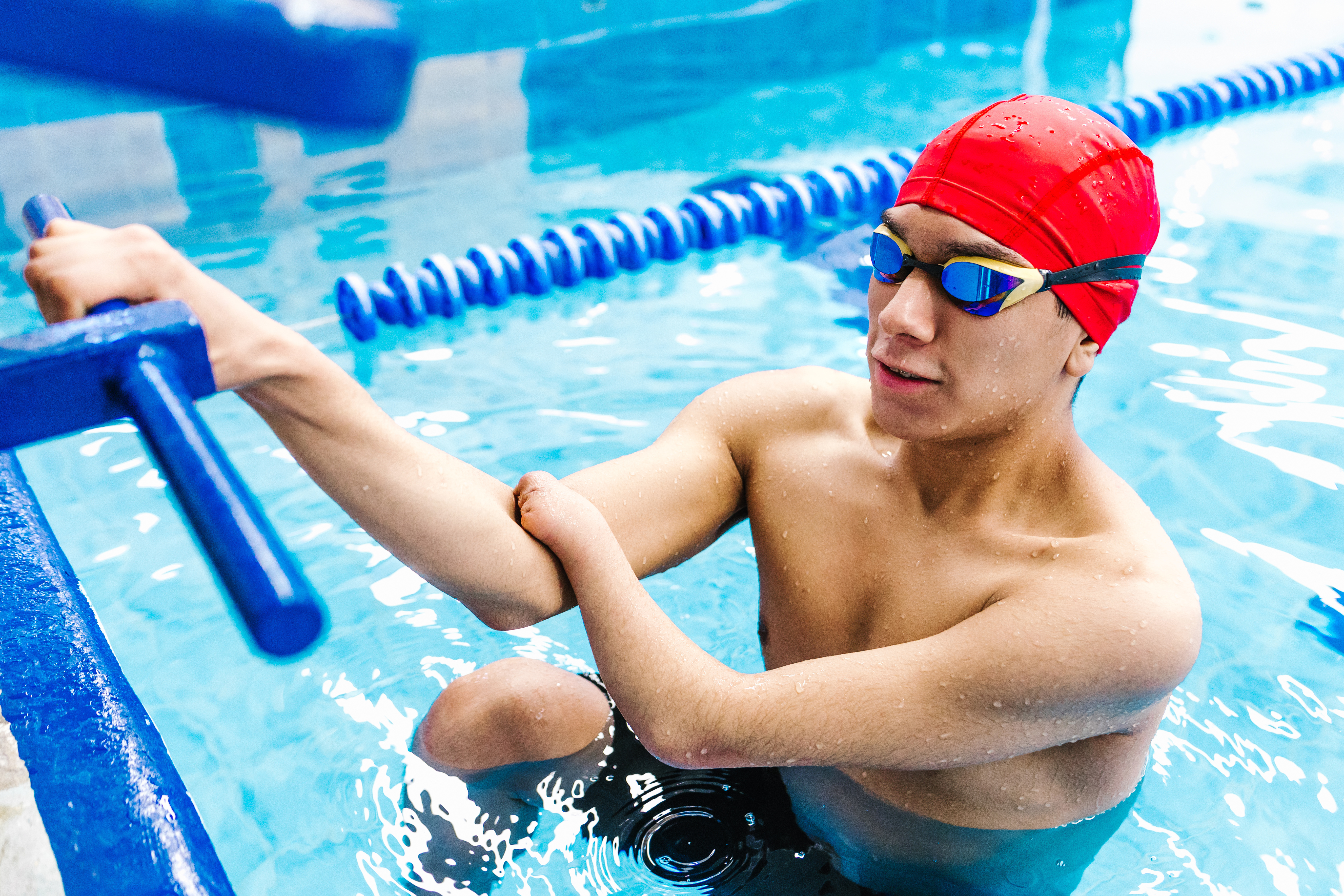
View the summary of this research here.
The aim of this project was to examine how the hosting of different forms of sport events for persons with disabilities were being leveraged to create opportunities for community participation, and influence community attitudes towards disability. Research on events demonstrates that it is necessary to intentionally and strategically construct programs and opportunities around the event if sustainable positive impacts are to be realized for the host community. To examine these issues, we focused on two types of large scale sporting events: integrated events where able-bodied athletes and athletes with a disability compete alongside one another (2014 Commonwealth Games – Glasgow, Scotland), and non-integrated events that have a distinct event for athletes with a disability separated by time, but occurring in the same or similar location (2015 Pan/Parapan American Games – Toronto, Canada). Each of the cities hosting the respective Games had established specific objectives concerning increasing accessibility and advancing social inclusion for persons with disabilities in the host region. Thus, we sought to examine how these objectives were then used to create strategic leverageable assets for the host community.
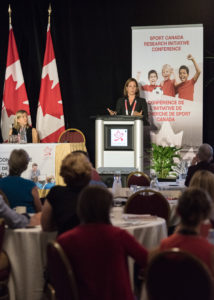
Conclusions:
- Broader event policy initiatives are important but need to be informed by all stakeholders including the voices of persons with disabilities, which were largely absent.
- Improvements in attitudes towards disability were measurable directly post-event but the relationship to societal behaviours and the lived experiences is poorly understood.
- Event-related urban accessibility improvements are often temporary and highly contextual.
- Structural and societal change will not necessarily happen during the lifecycle of Games but strategies implemented for Games may improve participation opportunities in the long term.
Research methods
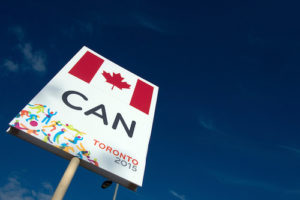
We gathered qualitative and quantitative data for both events.
We examined 42 relevant policy documents (e.g. Bids, Evaluations). Second, we conducted strategic interviews pre and post-event with decision-makers from Organizing Committees (OC), local and provincial governments, advisory groups, and event. This included 19 interviews for Glasgow 2014 Commonwealth Games (CG2014) and 23 for Toronto 2015 Pan/Parapan American Games (TO2015) between January 2014 and October 2015. The interviews focused on the opportunity that the event afforded for increasing participation of persons with disabilities.
Onsite observations were undertaken during both G2014 and TO2015 events focusing on accessibility, representation of disability and parasport, audience knowledge, and overall event related leveraging impressions.
Survey data was collected using a global attitudes measure, the Scale of Attitudes Towards Disabled Persons (SADP; Antonek, 1981) from volunteers pre and post-event and spectators onsite at both events. A total of 2860 volunteers completed the pre-event survey and 1,824 volunteers post-event for CG2014. For TO2015, 2,896 volunteers completed the pre-event survey and 1,331 volunteers post-event. On-site spectator surveys were completed via tablets with 784 undertaken at CG2014 and 1,062 at TO2015. Data analysis focused on how involvement and/or exposure to an integrated and non-integrated parasport event influences attitudes towards persons with disabilities; and the relationship between awareness of the event and attitudes.
Research results
The results demonstrate a highly strategic and integrated policy approach to leveraging TO2015 for broader diversity outcomes aligned with a social understanding of disability, while CG2014 implemented legacy planning with a lack of strategic intent limiting potential long term social outcomes.
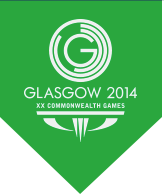 The emphasis on diversity enabled the TO2015 to advance an ideology of inclusion that covered all aspects of accessibility and opportunity, which became progressively embedded in the structure and functioning of the organization. The OC attempted to use the Games as a catalyst on issues of diversity, inclusion, and accessibility by engaging community leaders through targeted forums/advisory groups, some of which have been sustained post-Games. However, the integrated approach to organizing also meant the distinction for parasport and disability specific initiatives remained under-resourced, due to performance priorities of the Games. The CG2014 bid and pre-Games policy initiatives suggested that accessibility and opportunity for diversity in legacy plans were critical. However, none of the initiatives were resourced by the OC, and externally focused programs were on elite sport performance goals rather than broader participation.
The emphasis on diversity enabled the TO2015 to advance an ideology of inclusion that covered all aspects of accessibility and opportunity, which became progressively embedded in the structure and functioning of the organization. The OC attempted to use the Games as a catalyst on issues of diversity, inclusion, and accessibility by engaging community leaders through targeted forums/advisory groups, some of which have been sustained post-Games. However, the integrated approach to organizing also meant the distinction for parasport and disability specific initiatives remained under-resourced, due to performance priorities of the Games. The CG2014 bid and pre-Games policy initiatives suggested that accessibility and opportunity for diversity in legacy plans were critical. However, none of the initiatives were resourced by the OC, and externally focused programs were on elite sport performance goals rather than broader participation.
During both Games, there were numerous missed opportunities for social change such as representation of disability in the media and commentating, and basic external accessibility opportunities (e.g. transportation). In the aftermath of the Games, even with some new pristinely accessible sport facilities, few leveraging strategies are evident focusing directly on enabling participation from persons with disabilities. The importance of negotiating everyday barriers such as accessible transportation, supportive services (e.g. coaches, staff), economic inequalities, and pathway development was lacking, demonstrating neglected potential of the event.
Spectator data showed a small shift in awareness of disability related issues as a result of the events, however volunteers who might have had direct contact with para-athletes had a more pronounced shift in understanding and awareness of disability. For each Games, volunteers’ attitudes towards disability demonstrated a marginal increase pre- to post-Games (CG2014 ~3%; TO2015 ~1%). Similarly, 30% for G2014, and 55% for TO2015 of spectators indicated that they felt the Games did change their attitude towards persons with disabilities. However, the survey results show very favourable overall perceptions regarding disability issues, which likely represents a ceiling effect in the events’ capacity to actually impact upon attitudes. The key question remains as to whether these apparently positive attitudes toward disability result in positive behaviours.
Policy implications
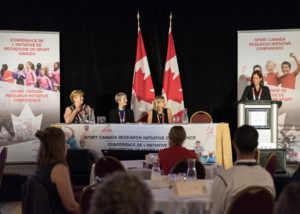 Our study has demonstrated events are an opportunity to pursue interventions that might prioritize accessible outcomes to education, transport, facility provision and parasport development. However, it was found that exploitation of the sport event itself is often limited by the able-bodied operational imperatives of delivery, to the detriment of disability specific issues. If major sporting events are to be part of a social change agenda, then specific, realistic, leveraging strategies embedded in existing community infrastructures need to be crafted and resourced. Major sporting events that contain parasport components can both accelerate and accentuate beneficial outcomes for persons with disabilities if there is recognition that structural inequalities cannot be alleviated over the course of Games time. Event host cities need to be accountable for sustainable resourced outcomes that help ameliorate social inequalities. Thus, sport policy more broadly needs to emphasize inclusive and accessible participation, and be thoughtful not to mirror able-bodied sports trends that have focused first, or only, on investment on elite pathway development, neglecting the structural inequalities which prevent broad based community participation.
Our study has demonstrated events are an opportunity to pursue interventions that might prioritize accessible outcomes to education, transport, facility provision and parasport development. However, it was found that exploitation of the sport event itself is often limited by the able-bodied operational imperatives of delivery, to the detriment of disability specific issues. If major sporting events are to be part of a social change agenda, then specific, realistic, leveraging strategies embedded in existing community infrastructures need to be crafted and resourced. Major sporting events that contain parasport components can both accelerate and accentuate beneficial outcomes for persons with disabilities if there is recognition that structural inequalities cannot be alleviated over the course of Games time. Event host cities need to be accountable for sustainable resourced outcomes that help ameliorate social inequalities. Thus, sport policy more broadly needs to emphasize inclusive and accessible participation, and be thoughtful not to mirror able-bodied sports trends that have focused first, or only, on investment on elite pathway development, neglecting the structural inequalities which prevent broad based community participation.
Next steps
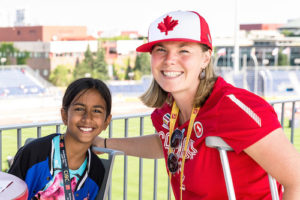
Further research must examine how disability sport events impact sport and physical activity participation for persons with physical disabilities in the host city once the event is complete. Do the strategies and resources developed as part of the event process result in greater opportunities for persons with disabilities to become active, and to what end? Research should address knowledge gaps of whether events’ process strategies address barriers to sport and physical activity participation by creating new pathways to participation and how this impacts the lived experiences of persons with disabilities. There is also a pressing need to address how disability is represented in the events process either to the detriment or the advantage of persons with disabilities.
Key stakeholders and benefits
Groups or organization attempting to leverage a parasport event in order to create opportunities for community participation, and influence community attitudes towards disability may benefit from the insights of this study.
- Sport events organizing committees (e.g. TO2015), Sport Event International Federations (PASO, Commonwealth Games Federation)
- Future Host Cities of Major Games (e.g. Niagara Canada Games)
- Integrated and non-integrated NSOs, PSOs, and MSOs
- International Paralympic Committee, Canadian Paralympic Committee, International Olympic Committee
- Ministry of Tourism, Culture, and Sport
- Accessibility Directorates
2017 Sport Canada Research Initiative Conference (Knowledge Transfer Paper)
Investigators: Laura Misener, Western University; David Legg, Mount Royal University; Gayle McPherson & David McGillivray, University of the West of Scotland
SCRI Conference presentation video